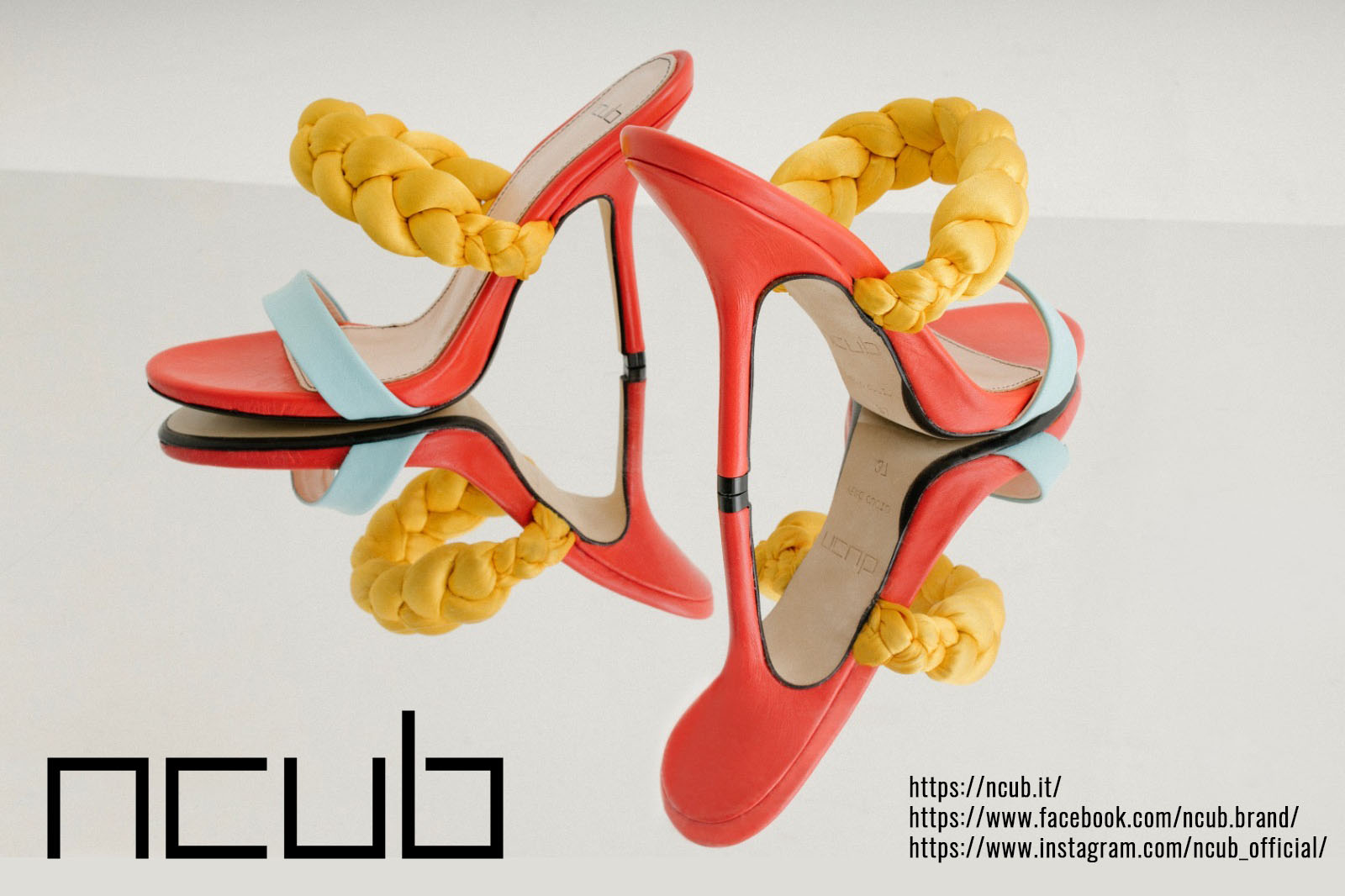Dal quotidiano “THE GUARDIAN”: Cheese with chips – Italy’s Parmesan makers turn to microtechnology in the fight against food counterfeiters
Share
Joanna Partridge · 18 Ago 2023
When is a cheese not what it seems? When it’s a fake Parmesan.
Italy’s renowned Parmigiano Reggiano, favoured for finishing off bowls of pasta and rocket salads, is one of the most counterfeited cheeses in the world. Now its manufacturers have found a new way to hit back against the lookalikes: by adding microchips.
The move is just the latest innovation from the Parmigiano Reggiano Consortium (PRC), the association which oversees production, which has been trying for a century to fight off cheaper imitations that do not follow the exacting requirements to make the real deal.
The cheese, which can trace its history back to the middle ages, gained the EU’s prized protected designation of origin (PDO) status in 1996. Under those rules, Parmigiano Reggiano – the only cheese which can be called “Parmesan” within Europe – must be made in a small part of northern Italy, including in the provinces of Parma and Reggio Emilia.
In addition, the wheels of cheese – which weigh on average 40kg – have to be matured for at least 12 months in a mountain area, and be tested by experts about two years after production to ensure they make the grade.
s “produced, processed and prepared in a given geographical area using recognised knowhow” and covers products including French champagne, Portuguese port and Kalamata olive oil from Greece.
Given the strict rules in attaining the certification, such delicacies usually sell for higher prices, making it an enticing market for copycats.
Indeed, the PRC estimates that annual global sales of counterfeit cheese reach about $2bn (£1.6bn), not far off those of the authentic product, which hit a record of €2.9bn (£2.5bn) last year.
Now producers have been trialling the most modern of authentication methods – microtransponders about the size of a grain of salt inserted into the labels found on the rind of about 120,000 wheels of Parmigiano Reggiano. The microchips are food safe, but are unlikely to be eaten, given their location in the cheese’s hard skin, which is made from the milk protein casein.
The chips work as long-lasting, scannable food tags that allow consumers to track their product back to where it originated. Made by the US company p-Chip, they are embedded directly into a QR code label, and function like “tiny digital anchors for physical items”, according to the company.
“We keep fighting with new methods,” Alberto Pecorari of the PRC told the Wall Street Journal. “We won’t give up.”
Despite billing itself as a “unique and inimitable cheese”, according to the PRC, its previous mark of origin has not been enough to fend off some counterfeiters. Under that system, all wheels of cheese – made from about 550 litres of milk – carried a casein plate featuring a unique and sequential alphanumeric code. Functioning as an ID card, the code made up a distinctive dot pattern running around the wheel, and included the month and year of production.
The new microchips are just the latest stage in the cheese’s history, which dates back more than 1,000 years to when it was devised by Benedictine and Cistercian monks looking for a long-lasting foodstuff.
Producers now believe new technology is needed, with just under half of last year’s production making its way beyond Italy’s borders.
The digitisation of the tracking process was designed to “convey the value of our product globally and distinguish it from similar-sounding products on the market that do not meet our strict requirements for production and area of origin,” the PRC’s president, Nicola Bertinelli, has previously said.
The threat from knock-off varieties first raised its head following the first world war, when a South American imitation called “Reggianito” appeared on the market, created by Italian emigrants to Argentina.














